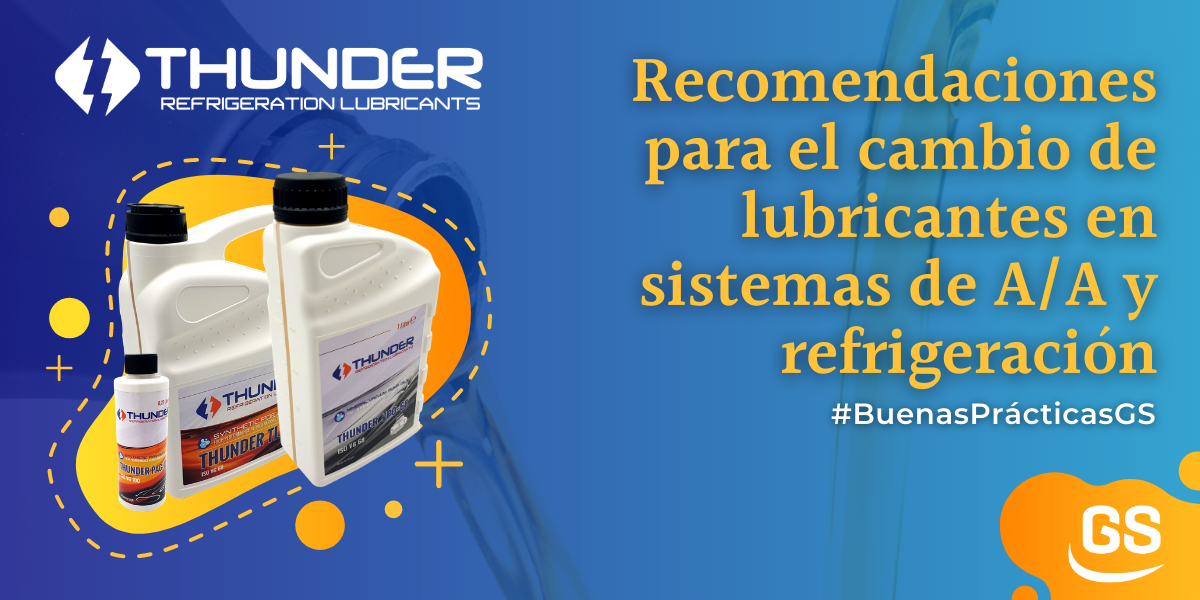The lubricant is an essential component for the correct operation of the installation. Sometimes it is not given the importance it really has. Some of the main functions and characteristics of lubricants are: reducing friction (protecting the moving parts of the compressor), heat dissipation, miscibility with the refrigerant, freezing point…
We recommend periodic analysis of the lubricant to control its correct condition and preventive lubricant changes at the number of operating hours indicated by the lubricant manufacturer.
compressor.
Good practice procedure to ensure an efficient oil change.
- Take an oil sample before changing: If the used oil is heavily oxidized or contains wear metals, it is essential that they are removed, as they could decrease the life expectancy of the new oil and the compressor. GAS SERVEI will be at your disposal to consult the results of the analysis.
- Remove as much oil from the system as possible: generally, most oil changes only result in 80% of the used oil being removed from the system. Therefore, it is important to closely follow OEM recommendations for the disposal of used oil from the system. If the oil analysis indicates the presence of wear metals and oxidizing chemicals, it is recommended to flush the system before adding any new oil.
- Confirm that new oil is compatible with used oil, gaskets and seals: Ask your GAS SERVEI sales representative and/or request the cross reference and seal compatibility table of our THUNDER range of lubricants for A/C and Refrigeration installations, which can be downloaded from the following links:
- Cross references supported: http://bit.ly/ReferenciasCruzadasThunder
- Stamp Compatibility Chart: http://bit.ly/CompatibilidadSellosThunder
- Replace system filters: filters can trap old oil and other contaminants that can degrade the life of new oil.
- Follow the manufacturers recommended procedure for adding new oil to the system.
- Check filters after start-up: oil changes can release deposits that can clog filters. It is recommended to periodically check the pressure difference in the filter.
- Continue to follow the manufacturer’s recommended procedure for oil management and analysis.
You can download a PDF of this article to print it and take it with you by clicking here.

